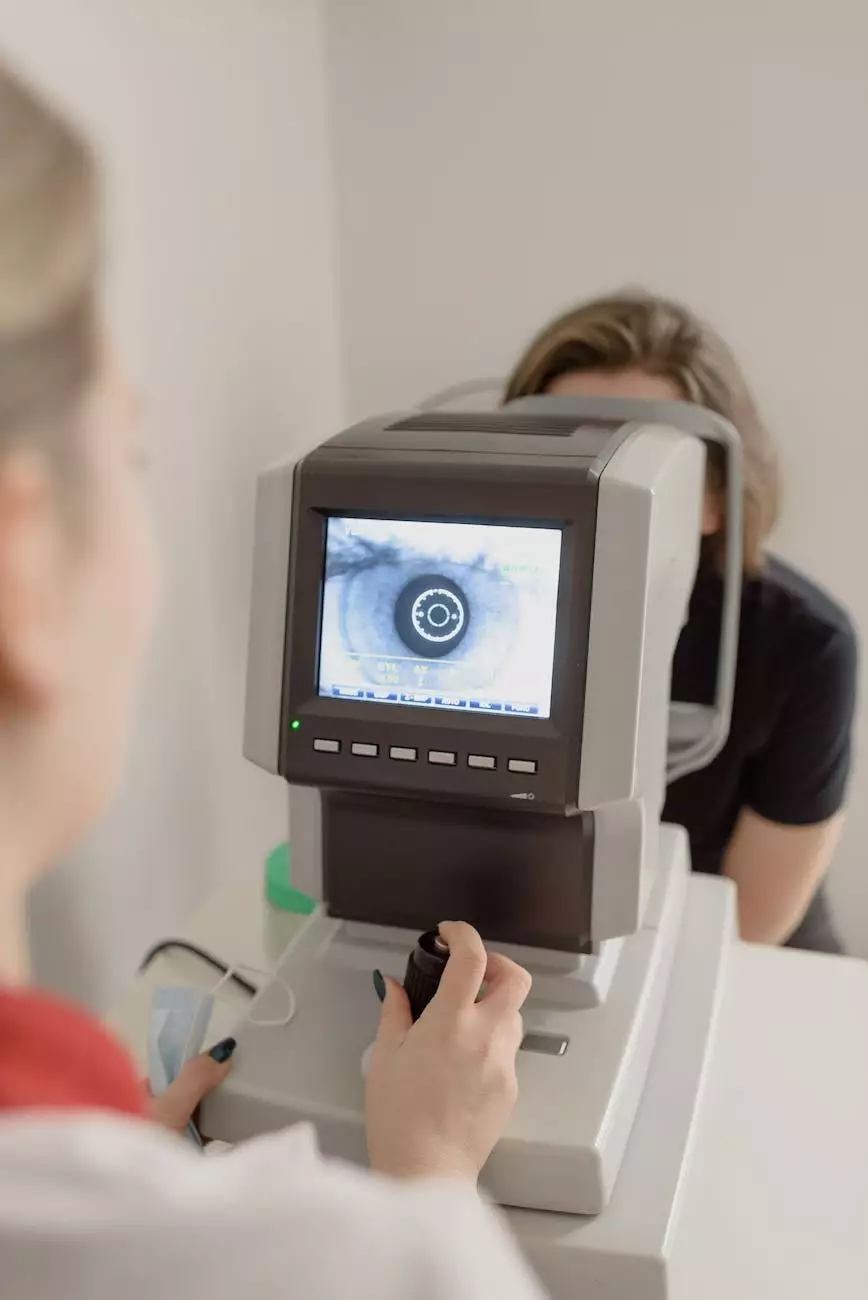Electroencephalography – EEG
Brain Health
Welcome to Pain Management Care, PC's comprehensive guide to electroencephalography (EEG). As a leading provider of healthcare services in the field of pain management, we are dedicated to providing our patients and the wider health industry with detailed insights and analysis on various medical procedures and diagnostic tests. In this article, we will delve into the intricacies of EEG, its functions, applications, and significance in diagnosing and understanding neurological conditions.
Understanding Electroencephalography (EEG)
Electroencephalography, commonly referred to as EEG, is a non-invasive diagnostic test used to measure the electrical activity of the brain. This procedure involves placing small metal electrodes on the scalp, which record the electrical signals produced by the brain's neurons. By monitoring these electrical patterns, healthcare professionals gain valuable insights into brain function, activity, and potential abnormalities.
The Function and Importance of EEG
EEG plays a crucial role in the field of neurology and neurophysiology. By measuring the brain's electrical activity, healthcare providers can diagnose and monitor various neurological conditions, including epilepsy, sleep disorders, brain tumors, and cognitive impairments. EEG can help identify abnormal brain waves, irregularities in brain function, and aid in determining the effectiveness of certain treatments or medications.
Applications of EEG
EEG has a wide range of applications across the medical field. Here are a few key areas where EEG proves invaluable:
- Epilepsy Diagnosis: EEG is often utilized to diagnose epilepsy by detecting abnormal brain wave patterns that are characteristic of the condition. It helps healthcare providers determine the type and severity of seizures, which aids in developing appropriate treatment plans.
- Sleep Disorders: EEG can be used to monitor brain activity during sleep, facilitating the identification and diagnosis of various sleep disorders such as sleep apnea, narcolepsy, and insomnia.
- Brain Injury: In cases of traumatic brain injury, EEG can help assess the severity of the injury, monitor brain activity during recovery, and guide treatment strategies.
- Research and Clinical Trials: EEG is a valuable tool in neuroscientific research and clinical trials, allowing researchers to study brain activity in response to different stimuli, medications, or therapies.
How Does EEG Work?
The process of EEG begins with the placement of electrodes on specific areas of the scalp. These electrodes detect and record the electrical signals produced by the brain. The signals are then amplified and displayed on a monitor or recorded for further analysis by a neurologist or healthcare professional.
Types of EEG Recordings
There are several types of EEG recordings that are employed based on the specific requirements of a patient or study:
- Standard EEG: This is the most common type of EEG recording, consisting of the placement of electrodes on the scalp to monitor general brain activity.
- Ambulatory EEG: Unlike standard EEG, this recording method allows patients to be mobile and participate in normal daily activities while the electrodes are attached. It helps capture brain activity over an extended period, providing insights into conditions that may not be detectable during a short-duration recording.
- Video EEG: This involves simultaneously recording a patient's brain electrical activity and video footage, which allows doctors to correlate specific behaviors or symptoms with changes in brainwave patterns.
- Invasive EEG: This specialized type of EEG involves placing electrodes directly into the brain, often used in cases where standard scalp recordings do not provide sufficient information.
The EEG Procedure
The EEG procedure is typically straightforward and painless. Here's an overview of what you can expect when undergoing an EEG:
Preparation:
Prior to the procedure, it is essential to follow any specific instructions given by your healthcare provider. These may include avoiding caffeine or certain medications that could interfere with the results.
During the Procedure:
The technician will measure your head and apply the electrodes to specific locations on your scalp. It may involve gently abrading the skin to improve electrode adhesion. Once the electrodes are in place, you'll be asked to relax and keep your eyes closed or perform specific tasks, such as breathing deeply or looking at flashing lights, as instructed by the technician.
Duration and Aftercare:
The duration of an EEG procedure can vary, typically lasting between 30 minutes to 2 hours. After the procedure, the electrodes will be removed, and you can resume your normal activities. Your healthcare provider will review the results and share insights and recommendations based on the findings.
Conclusion
Pain Management Care, PC is committed to providing the highest quality healthcare services, including comprehensive insights into various diagnostic procedures such as electroencephalography (EEG). EEG is a valuable tool in understanding brain function, diagnosing neurological conditions, and guiding treatment plans. If you have any concerns or require further information about EEG or any other pain management-related topics, please don't hesitate to reach out to our dedicated team of experts.




